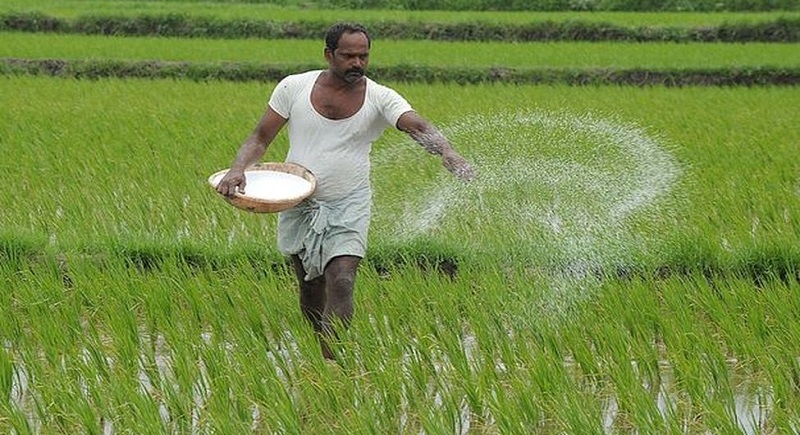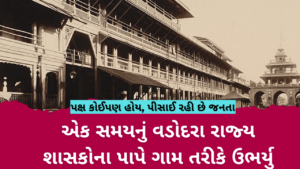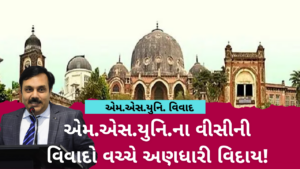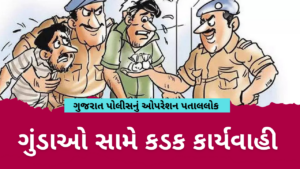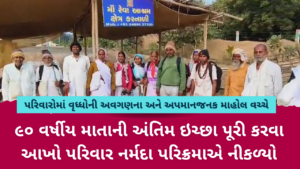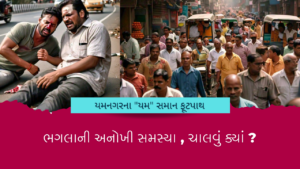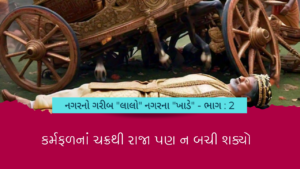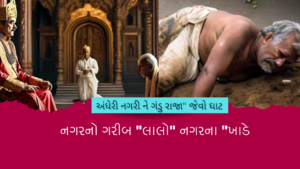In India, it is usual to see lush green fields during this season. We predominantly have agrarian economy with about 65% of the population relying on agriculture for their livelihood. The country’s economy, culture, and social fabric are all infused with greens. Farming or agriculture is strongly represented in art, festivities, decorations, or festivals, particularly in rural India. It follows that it is not surprising that harvesting has a place in the nation’s cultural landscape.
An agricultural link
 As humans, we have practised agriculture for at least 12,000 years. Hence, our festivals are based in and around the time of sowing or harvest. With the downpours round the corner, for the farmer and his family, this is a long weekend of festivities that the urban population typically equates with vacationing.
As humans, we have practised agriculture for at least 12,000 years. Hence, our festivals are based in and around the time of sowing or harvest. With the downpours round the corner, for the farmer and his family, this is a long weekend of festivities that the urban population typically equates with vacationing.
Between July and October, Kharif crops are planted, and their success is highly dependent on the southwest monsoons. This is celebrated as a festival so as to recognise the farmers’ and nature’s roles in producing food not only for themselves but also for others.
The tale of ‘Divaso’
Gujarat practises the unique ritual known as ‘Divaso’ on the Amavasya, or day without a moon, during the Ashada month. Date of ‘Divaso’ in 2023 is July 17. The rite, which honours Goddess Parvati, is carried out as a kind of invitation to the Shravan month, which starts the following day. God Shiva is honoured throughout the sacred month of Shravan.
This rite is where the vrat gets its name, ‘Divaso’. ‘Deep Vaso’ or ‘Divaso’ signifies the lamp’s home. Kheer, Kansar, or other sweets are served to friends, family members, and neighbours.
 As soon as ‘Diwaso’ arrives, this hymn, which is directed to Lord Shri Krishna, may be heard resonating throughout the tribal areas,
As soon as ‘Diwaso’ arrives, this hymn, which is directed to Lord Shri Krishna, may be heard resonating throughout the tribal areas,
“Raja tari sodso roni, poni bharwa gayateli re,
poni boni no malyu ne pashu pankhi tarse martel re.”
Married daughters go to visit their maiden home. One remembers one’s ancestors. The night before ‘Diwasa’, the entire village gathers for jagran to try to satisfy the gods by worshipping the new crop in the field and singing fataanas.
Married women light a lamp on the night before ‘Divaso’ and keep it lit for the next 36 hours, or till the beginning of the Shravan month. In certain places, a lamp is set up in front of a small container filled with seeds.
Fasting in Shravan and Science
Numerous fasting-festivals take place throughout the Shravana month of ‘Diwasa’, including Everat-Jeevarat, Dasham, Phul Kajali, Jivavika, Shitla Satam, Krishna Janmashtami, Ganesha Utsav, Navratri, and Dussehra, among others until the end of Diwali.
 The practise of fasting throughout the month of Shravan has a scientific justification. The digestive system becomes weak when the rain is at its worst and there is less sunlight. Some people observe a four-month monsoon fast. During Shravan, some people only eat once.
The practise of fasting throughout the month of Shravan has a scientific justification. The digestive system becomes weak when the rain is at its worst and there is less sunlight. Some people observe a four-month monsoon fast. During Shravan, some people only eat once.
Almost everyone turns vegetarian. Some scholars are also of the opinion that it is during this period that water borne diseases spread fast and this is a process to detoxify the system.
Importance of ‘Hariyali Amavasya’
 The ‘Hariyali Amavasya’ symbolises the earth’s lush vegetation and the arrival of the rainy season. Since this is a good time for plants to thrive, many activists consider this festival as an opportunity to plant saplings as well. This day conveys the message about the value of protecting the environment and preserving the natural beauty of the land. In addition to providing everyone with oxygen, trees and plants are a special gift from nature that keep the environment clean and in balance.
The ‘Hariyali Amavasya’ symbolises the earth’s lush vegetation and the arrival of the rainy season. Since this is a good time for plants to thrive, many activists consider this festival as an opportunity to plant saplings as well. This day conveys the message about the value of protecting the environment and preserving the natural beauty of the land. In addition to providing everyone with oxygen, trees and plants are a special gift from nature that keep the environment clean and in balance.
This ‘Amavasya’ is more than just a religious holiday in today’s world of changing weather. It is also a celebration of the decision to make the earth green.

